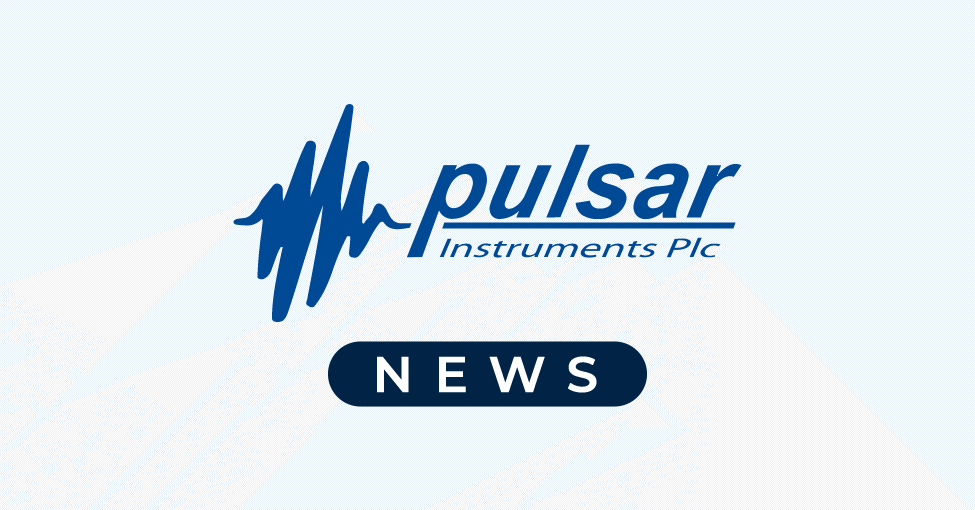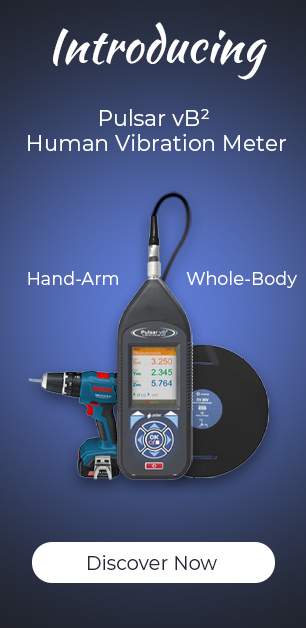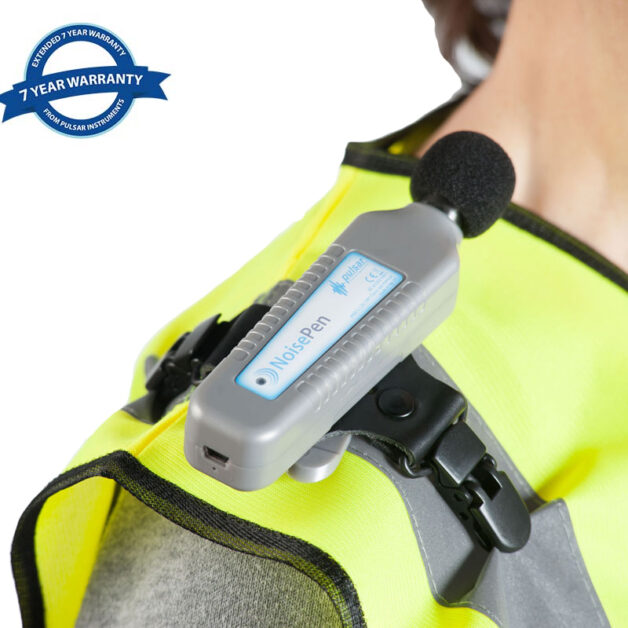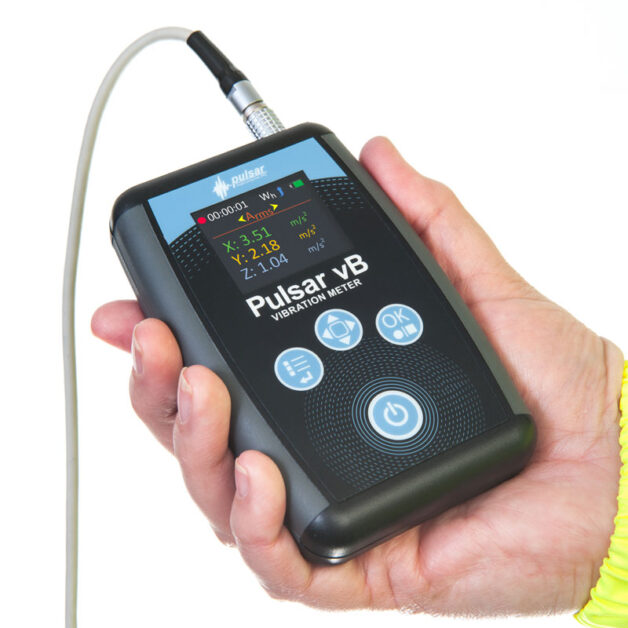Are you doing enough to protect your business from hearing loss claims?
In our line of business, we get to work closely with employers and safety professionals both in the UK and overseas. We often take calls from managers who come to us as they have been served with one and often multiple civil claims for noise-induced hearing loss (NIHL). By the time they contact us, it may be too late to repair any damage but it is not too late to act to safeguard the hearing of existing employees and prevent future claims.
If you are a regular reader of this blog, you will be familiar with us talking about NIHL and the impact these can have on a business. Back in 2015, the Institute of Faculty of Actuaries predicted that the number of industrial deafness claims in the UK would hit another high for that year, topping the previous peak of 50,000 claims back in the first half of 2013. It is important to note that claims are rarely successful. However, the process is expensive, stressful and time-consuming for employers. Importantly, there are hidden business costs – often forgotten in the process – such as increases in insurance premiums and the risk posed by the cost of uninsured losses. It is clear to see how the potential costs and implications of a poor hearing conservation strategy can have on businesses, especially in a challenging economic climate. The best way to avoid exposure to such financial consequence is to reduce the risk of harmful exposure happening in the first place.
If you are directly responsible for the health and safety of your employees, you need to familiarise yourself on how to keep your workers safe from harmful noise exposure and avoid being served with NIHL claims. Here are a few things you might want to consider.
1. Don’t ignore noise
Our hearing structure is unique and very sensitive. Noise in its most damaging form can lead to both temporary or permanent hearing damage. However, if noise levels and the duration that your employees are exposed to occupational noise are controlled and regularly monitored, hearing loss is totally preventable. A noisy working environment is rarely comfortable or safe as it may lead to a loss of concentration, tension, headaches, voice strain and, in the worst of cases, high blood pressure.
2. Be legally aware
Ten years ago last April, The Control of Noise at Work Regulations (2005) was revised and new noise action levels introduced for those responsible for hearing safety in the workplace. You need to be fully aware of this aspect of the Regulations. There are 3 levels of noise exposure that demand your attention.
Firstly, 80 decibels (daily or weekly average exposure) is the level at which employers must assess the risk to workers’ health and provide them with information and training. 85 decibels (daily or weekly average exposure) is the level at which employers must provide hearing protection and hearing protection zones. Employers should also provide regular health surveillance to employees at risk (include everyone regularly exposed above the upper action value). Lastly, 87 decibels (daily or weekly average exposure) is the maximum permissible noise level exposure to enter an operative ear (including the use of hearing protection) and should not be exceeded.
3. Measure, measure, measure
The conclusion as to whether any of those levels has been breached is reached after an assessment of noise levels has been made. Put simply, you will need to measure noise levels around the workplace to ensure employees’ exposure to noise over a period of time is kept to a minimum. Noise measurement with devices such as a reputable sound level meter or personal noise dosemeter helps to identify areas where noise is a problem and employees who may be affected. Whoever takes noise measurements will need to ensure that they are taken at the working stations closest to the source of noise and over as long a period as possible, particularly if there is a variation in noise levels during the working day. Don’t forget to keep a record of your measurements for future reference.
4. Be in control
Noise measurement is only one part of the process. The Noise Regulations make provision for additional safeguards in order for you to achieve and maintain full health, safety and environmental compliance:
- Provide correct hearing protection devices
- Undertake regular personal noise monitoring, especially if there is any indication that a worker might be exposed to noise hazards.
- Implement noise engineering controls
- Install hazard awareness such as noise-activated warning signs around the workplace
- Train and inform employees on hearing conservation
5. Stay up to date
The legislation has not changed a lot since 2005. Experiences of HSE inspections and workplace noise controls do, especially as new technologies are introduced. To stay up to date with the Law and learn from other professionals in a similar employment as you, you will need to link up and attend refresher training at least once a year if you are able to do so.
So, are you doing enough to protect your business from hearing loss claims?
Pulsar Instruments help employers safeguard their workers’ hearing by monitoring noise levels accurately and capture essential evidential data to avoid costly civil compensation claims for noise-induced hearing loss (NIHL). We are happy to discuss your requirements on the telephone or visit your premises to provide guidance on industrial noise measurement and suitable instrumentation to meet with your application. Simply contact us and we will get back to you shortly.
For noise at work measurement, products and best practice tips, sign up to our Pulsar blog
Or follow us on Twitter: @PulsarMeters




